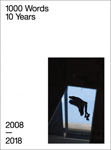 |
|
| Photography in Flux 1000 Words: 10 Years (print edition), 2018 |
|
 |
|
| Should I Do a Photography MA? Source 91, Autumn 2017 |
|
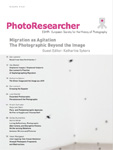 |
|
| Expanded Photography: Persistence of the Photographic PhotoResearcher 26 (2016) |
|
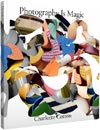 |
|
| Poetic, Magic (Book Review) Source 85, Spring 2016 |
|
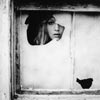 |
|
| Situations and Seductions: Mariana Rothen’s Shadows in Paradise Photoworks Annual 22, 2015 |
|
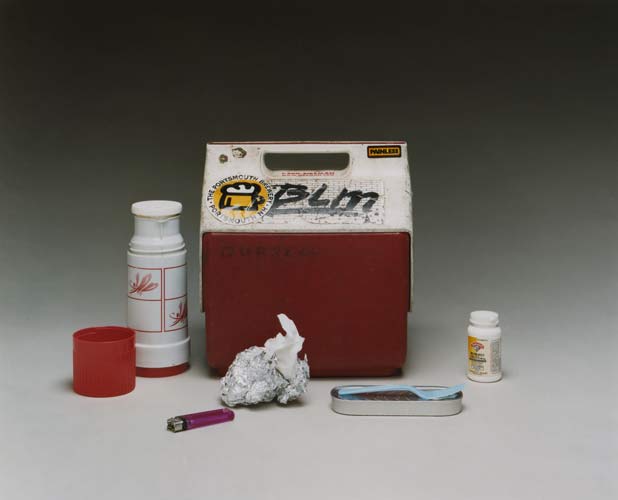 |
|
| Conceptual Photography Source 71, Summer 2012 |
|
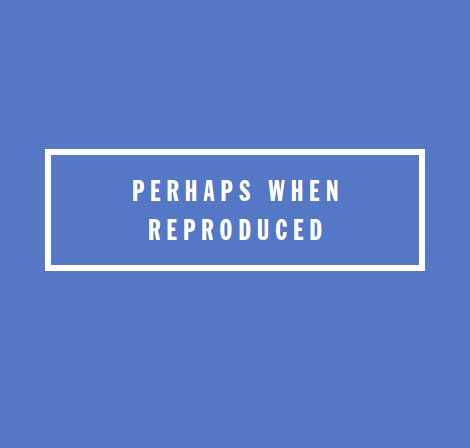 |
|
| Perhaps When Reproduced Language and Site in Lawrence Weiner's Public Freehold Works ARC14, Summer 2010 |
|
 |
|
| Idris Khan: The Collapsed Archive Source 49, Summer 2006 |
|
 |
|
| Karen Knorr: Fables Portfolio 42, December 2005 |
|
 |
|
| Adam Fuss: Medium as Muse Source 45, Winter 2005 |
|
 |
|
| Malerie Marder: The State of Contemnporary Desire Source 44, Autumn 2005 |
|
 |
|
| Hannah Starkey: Art's Best Tricks Source 40, Autumn 2004 |
|
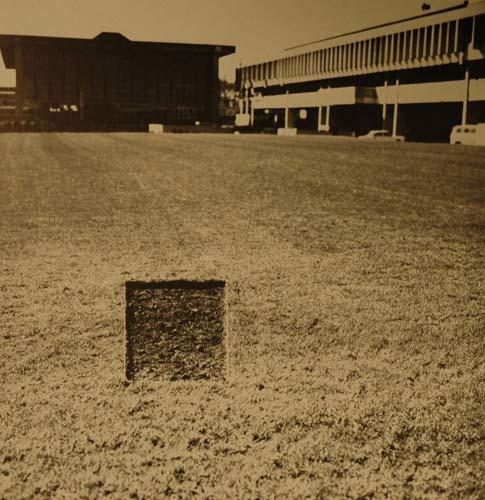 |
|
| The Photographic Idea: Reconsidering Conceptual Photography Afterimage vol. 26 no. 5, March/April 1999 |
Maureen Paley Interim Art
5 June-25 July 2004
Source 40, Autumn 2004
Hannah Starkey has extended her range. Over the past few years, Starkey has carved herself a niche with staged photographs that have an artful sophistication reminiscent of Jeff Wall's tableaux and an emotional immediacy borrowed from documentary. As with her previous work, the seven large colour photographs in this exhibition involve actors and careful mise-en-scène . Most still speak of the artist's enduring preoccupation--the experience of women in everyday situations. But Starkey has shifted away from fraught relationships among women, their tense competition and uneasy alliances. This work looks rather at frozen or transient figures in environments that are slightly confusing, striking or awkward. With less interaction between figures, the constructedness of the images becomes more prominent, the process of looking more involved.
Starkey's environments have been called banal. On the contrary, the rooms and outdoor space in this recent work are so peculiar that they are difficult to describe. At a glance, each picture has a strong abstract composition of colours and shapes. But these pictures are satisfyingly slow. The eye must take in a range of contradictory details in order to build enough information to make a judgment about what is being seen. One image shows a strange narrow corridor space, between a window with venetian blinds on one side and a set of white curtains on the other. Out the window, a woman with vivid red hair passes by a landscape that collapses in the mind once a viewer notices that it is wrinkled and faded--a painted backdrop of trees and houses. Could this be a real space, in some hospital or theatre, or has Starkey fabricated the whole setup in a studio?
Each of the photographs has at least one similarly unsettling disjuncture. Mirrors do not always reflect the people standing in front of them. Shadows seem slightly distorted. Some of the images in the exhibition have been digitally enhanced. A bored-looking middle-aged couple by a swimming pool have been particularly beset by manipulations. The dark hedge on their left seems to have been drawn from a nighttime image, while two potted palms glow in sunlight that is absent from the rest of the picture. While such details make this particular image seem stiff and stagy, in other places the post-production tweaking is more subtle, and indeed impossible to distinguish from directorial decisions about lighting, camera angle, etc. made in the shooting of the large-format negative.
So what's the point of all this tweaking? So much contemporary photography draws its interest from a self-conscious ambiguity, a delicate teetering between two poles, whether abstract ideas like reality/artifice, attraction/repulsion, subjectivity/objectivity, or concrete oppositions such as male/female, day/night and near/far. Part of the pleasure is in seeing the ambiguity sustained--within a single image and across a series. Starkey is one of the masters of this balancing act. Not only does she bring higher production values to the task than most of her peers, she also weaves in more strands of ambiguity at once. The fictions in this series are all the more fascinating for having less explicit narratives. The where, when, how and why of the story are all left up for grabs, as viewers immerse themselves in appealing surfaces and intriguing details. For those who notice it, digital intervention adds another layer of ambiguity, and contributes to the experience of heightened, controlled, suspended viewing.
Some images are quietly studied, like genre paintings, while others are more cinematic. One image, of a woman in a high-design waiting room ( The Dentist , 2003) looks like a cross between something in a science fiction movie and a lifestyle magazine. The room is furnished with a series of upholstered cubes in co-ordinated shades of green, grey and brown. The central figure, a woman with bobbed blonde hair wears chic pointy shoes, a patterned pencil skirt, and a red jumper decorated with an electric fan. She gazes off to the left with heavy-lidded unfocused eyes. She flips through the pages of a book in her hand--they are shown frozen in mid-flip, yet with no trace of blurring. The awkwardness of waiting is more than familiar to us. The specifics of this image are anything but universal yet cohere, through style, into an almost believable whole.
Starkey is well known for images that seem to get inside the world of adolescent girls. The most prominent girl in this exhibition seems less like a person than a prop; the picture is not about her experience or emotions. Set in an office, the composition is dominated by a row of four metal filing cabinets, descending in order of size from left to right. The cabinets are notable for their cheerful pastel colours, a range of blues and greens worthy of the swatches in the most tempting ladies' mail order catalogue. These are not just any colours, they are designer tones that would have names like "surf," "sage," and "new leaf." Leaning on top of one of the cabinets, and gazing obligingly off to one side, the girl looks too young and ripe to be a proper administrative assistant. Her low-cut aqua t-shirt co-ordinates perfectly with the cabinets, as do the butterfly clips in her hair. This luscious image is like an advertisement for visual pleasure, an advertisement for art. At a moment when commercial culture seems to have stolen all art's best tricks, it is gratifying to see an artist claim some of them back again. Highly-wrought and ever-ambiguous, Starkey's photographs hint that close attention to surfaces may yet be a way to recuperate individual desire in an image saturated world.